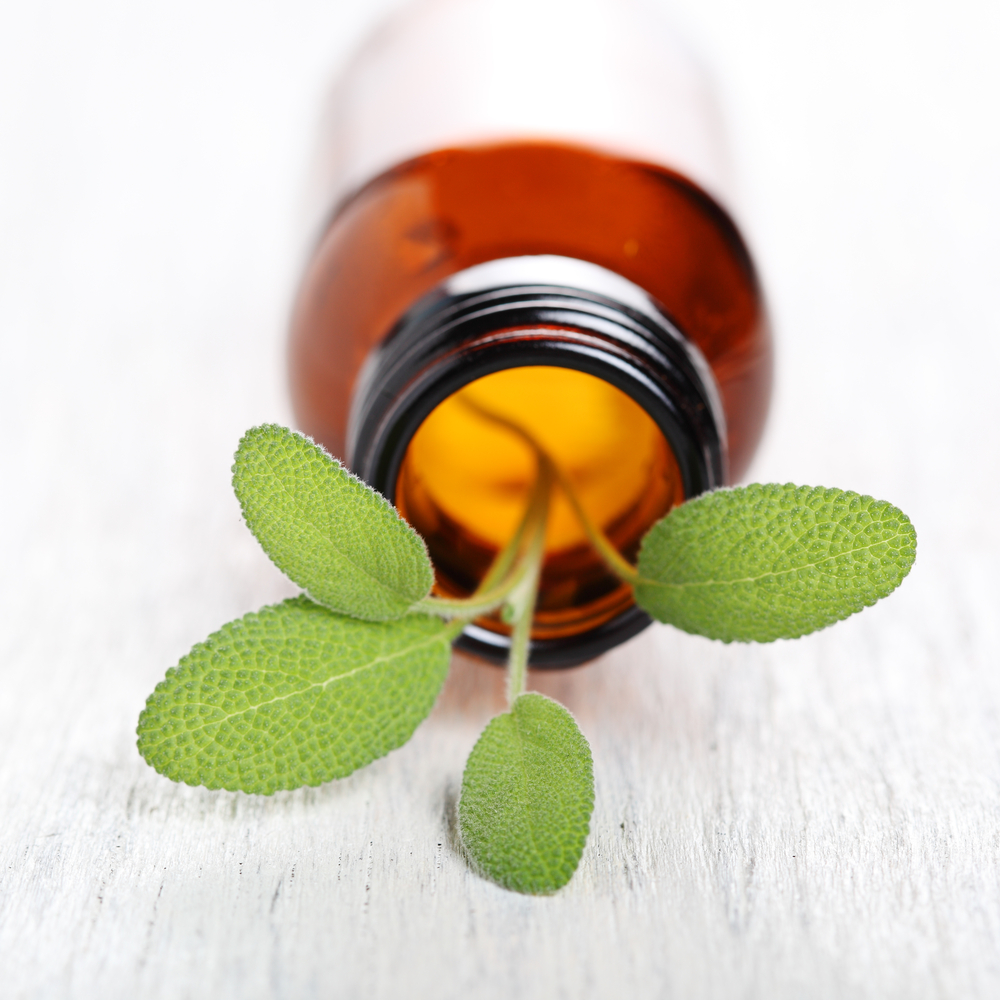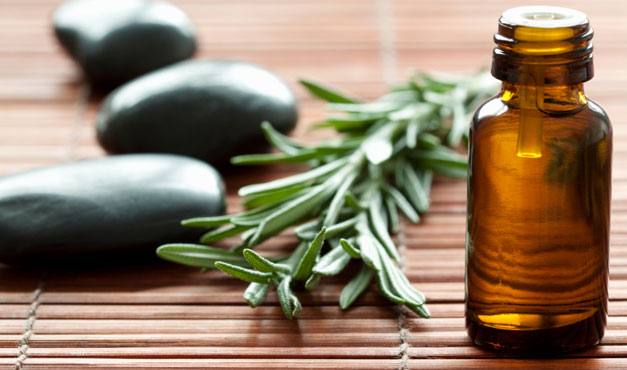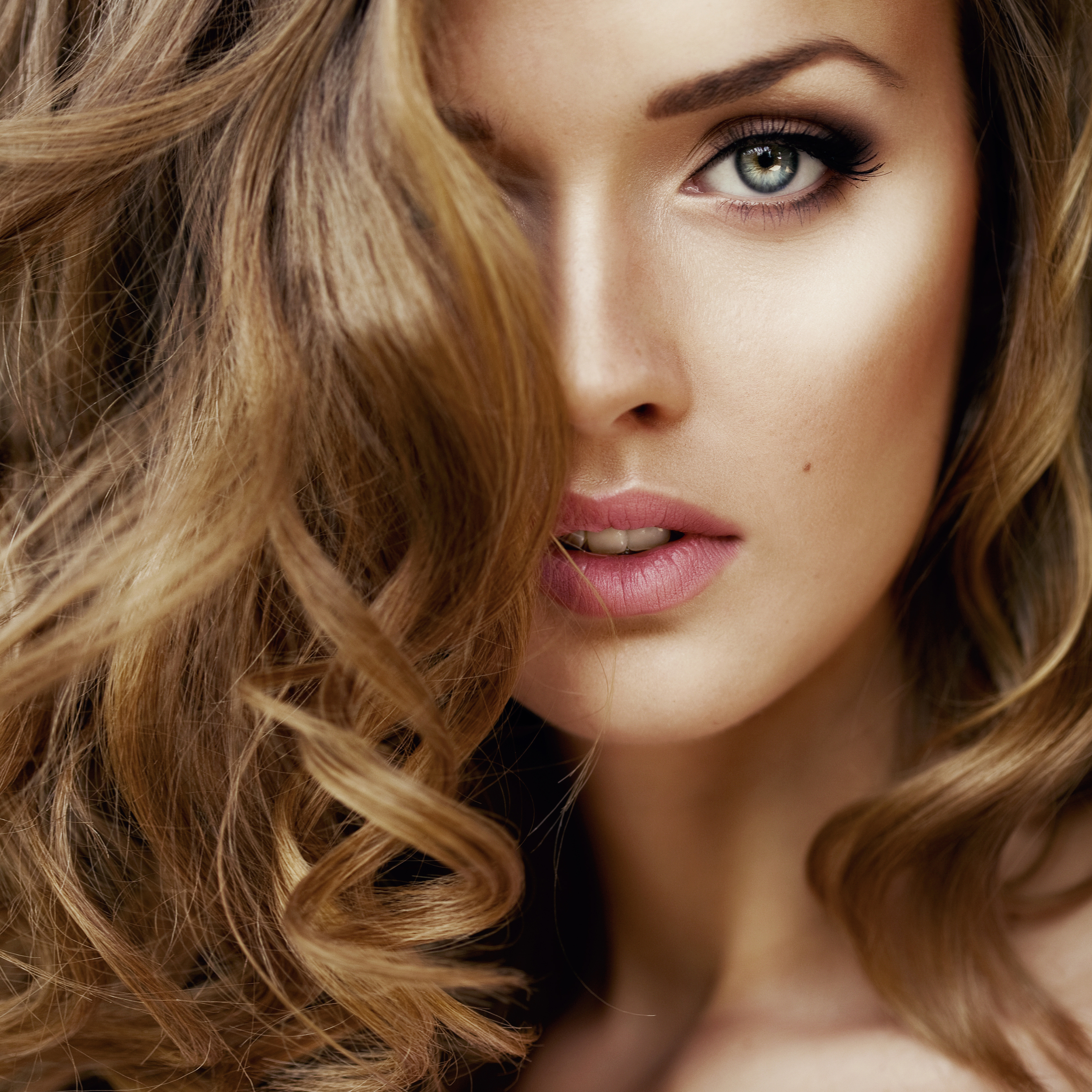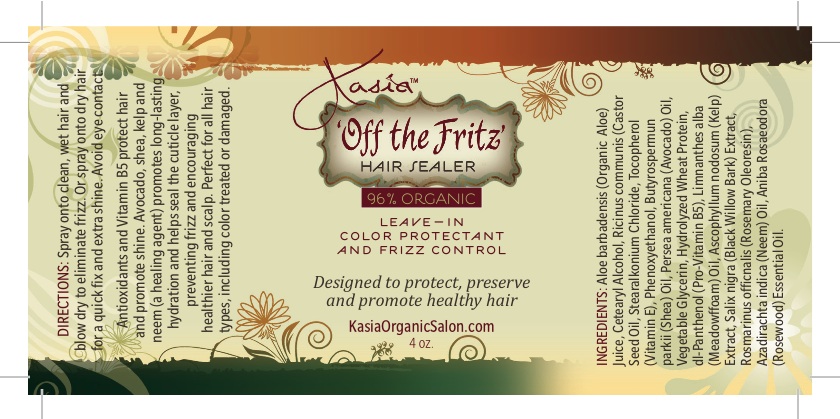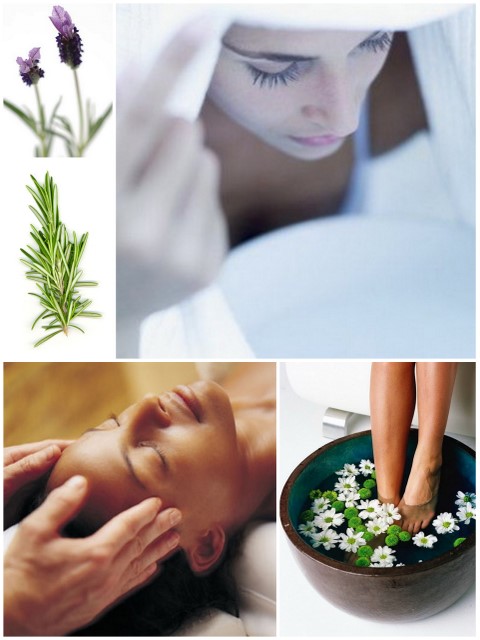We are in the middle of summer, and we all love spending time outdoors, but mosquitoes and other flying/biting insects can ruin the best of outdoor occasions. Synthetic insect repellents smell awful and are known to cause irritation and sensitivity in some people. They are also known to be toxic and can be harmful to the environment.
Below is a gentle insect repellent only requires a few Kasia pure essential oils and other ingredients. Enjoy a more pleasant aroma in keeping the bothersome itchy critters away. Keep in mind, your usage and body chemistry potentially affects your resulted scent.
Bug-Off Repellent
Ingredients:
- 4 oz. clean spray bottle with a fine mist setting (do not use a bottle that previously contained cleaning products or hair products such as hair spray).
- 1.5 ounces of distilled water and 1.5 ounces of high-proof alcohol (vodka is suitable, rubbing alcohol is not). Alternatively, you may omit the alcohol and increase the amount of distilled water to 3 ounces.
- 15 drops Lemon Tea Tree
- 10 drops Lavender Essential Oil
- 5 drops Lemongrass Essential Oil
Directions: Fill the spray bottle with the choice of either 1.5 ounces of distilled water and 1.5 ounces of alcohol or 3 ounces of distilled water. (Even though a 4 oz. bottle is suggested, leave about 1 oz. unfilled so you can shake the bottle well between uses.) Then, add the essential oils.
To Use: Shake the bottle before each use. Essential oils do not fully dissolve in water and alcohol and will settle. If you do not shake the bottle, you risk having concentrated droplets of essential oil irritate your skin.
Mist onto your skin and clothing and reapply as necessary. Discontinue use if you feel sensitivity from the repellent. Be careful not to mist delicate fabrics or surrounding furniture that may be harmed by the ingredients in the repellent.
There is no guarantee that this recipe will prevent you or other users from being bitten by insects and it hasn't been scientifically tested for effectiveness.
Relief
For mosquito or other insect bites that don’t demand much attention, a simple dab of essential oil of lavender or tea tree provides relief from itching. Lavender essential oils reduce swelling and inflammation, and diminish itching or other allergic response. Bentonite clay (available at your natural food store) poultices are of great help for more painful stings or bites. As the clay dries, it pulls toxins to the skin’s surface to keep them from spreading, and it pulls out pus or stingers imbedded in the skin. Adding essential oil to clay keeps the clay reconstituted, preserved, and ready for an emergency.
Essential oils for bites and stings: lavender, tea tree, chamomile, peppermint (stops itching)
Other essential oils that are insect repellents: birch, cedarwood, cinnamon, clove, eucalyptus, lavender, lemongrass (or citronella), orange, patchouli, peppermint (repels ants), pine, sandalwood
